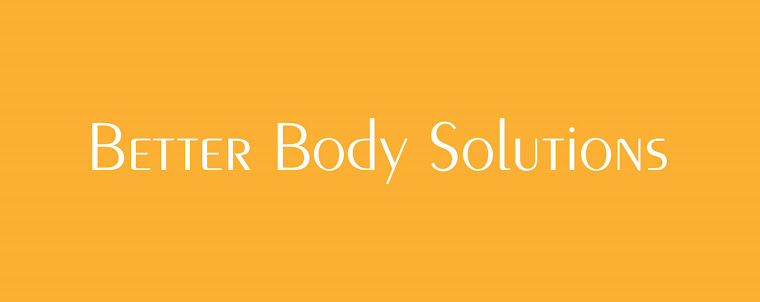
Although many of our patients initially come to us for non-surgical spinal decompression, some find that Active Therapeutic Movement (ATM) helps them just as much, if not more. Designed by a physical therapist in Australia the ATM is actually a machine that works by retraining the core muscles to efficiently contract and relax, rapidly promoting painless movement.
The Genius of the ATM
If you have a disc problem in your neck or back, you know that turning or bending can be a stiff, painful experience. If your problem is severe, certain movements can cause sudden pain, numbness or tingling down the arms or legs. Inflamed, spastic muscles are largely to blame for your decreased range of motion.
Although using massage therapy to relax muscles may seem like a good idea, it may actually make matters worse. Inflamed muscles are often protecting an injured area from additional damage. Called “splinting”, this natural, protective mechanism allows the body to restrict movement while tissues heal. Chronic muscle spasm and inflammation, however, can be counter-productive, causing further injury, inflammation, pain and spasm.
In contrast to massage therapy, the ATM treats pain while preventing muscles from becoming susceptible to additional injury. The ATM utilizes wide, seatbelt-like straps to stabilize and protect the spine while retraining normal movement patterns. This is known as isometric exercise. Manufacturer-sponsored studies have shown that the ATM limits the contraction of multifidi, core muscles near the vertebrae that cause spasms in response to signals from the brain. In doing so, the ATM “resets” the neurological patterning between the brain and muscles.
After using the ATM, many patients are amazed by the difference in their ability to bend and turn.
How the ATM Works for a Patient with Back Pain
1. The patient bends forward. We note how far he or she can bend and the amount of pain, graded on a scale of 1 to 10.
2. The patient stands with his back against the ATM. We position 2 or 3 belts across the body and tighten the straps enough to allow for painless, forward-bending movement. A final belt is applied across the chest to restrict active movement.
3. The patient isometrically (without movement) exercises by trying to bend forward for 3 seconds at a time. Initially, we perform 1 set of 10 movements. This takes just a couple of minutes.
4. When the set(s) is finished the belts are released and the patient is asked to bend forward again to note any difference from the initial bending test. Typically, the patient experiences 50% more motion with 50% less pain.
Stay tuned for a video post of a patient on the ATM.




I started on COPD Herbal treatment from Ultimate Health Home, the treatment worked incredibly for my lungs condition. I used the herbal treatment for almost 4 months, it reversed my COPD. My severe shortness of breath, dry cough, chest tightness gradually disappeared. Reach Ultimate Health Home via their website at www.ultimatelifeclinic.com I can breath much better and It feels comfortable!
ReplyDelete